MMR in Dota 2: What is it?
MMR, or Matchmaking Rating, is not just numbers. It’s your reputation, your status, and, in a way, your destiny in the world of Dota 2. Do you want to know why every match could be decisive for you? Why does it sometimes feel like the matchmaking system is working against you? And most importantly, how can you raise your MMR in Dota 2?
In this article, we will break down MMR by ranks and explain it in detail. We will discuss how it works, the factors that affect your rating, and its significance in the gaming community. We will also cover topics like calibration, rating changes, and how MMR influences matchmaking. Everything you need to better understand the game and, perhaps, start your journey toward 10,000 points
What is MMR in Dota?
MMR (Matchmaking Rating) is the key metric in Dota 2's competitive system, around which the entire matchmaking process is built. This metric reflects a player's skill level and determines their place in the overall hierarchy. Essentially, the MMR rating in Dota is a numerical expression of your gaming experience and skills. Yet, newcomers often face difficulties in understanding this system, which significantly affects their gaming experience and motivation.
The Dota 2 system uses MMR to create balanced teams, ensuring both sides have equal chances of winning by matching players of similar skill levels. MMR is not static, as it changes after every ranked match. Wins increase MMR, while losses decrease it.
Initial MMR is determined through a series of calibration matches, during which the system evaluates various aspects of the game: KDA, damage dealt, healing, item purchases, and other factors. Valve periodically conducts seasonal recalibrations, giving players the chance to reassess their ratings.
Depending on profile settings, MMR can either be visible to other players or hidden. There is also a distinction between solo and party MMR, which reflects skills in solo games and team play, respectively. High-ranking players often influence the development of the meta, setting popular strategies.
MMR in Dota 2 often has a significant psychological impact on players. A high rating is often seen as a symbol of prestige in the community, boosting a player’s confidence. However, it’s important to remember that the system has its limitations and doesn’t always accurately reflect all aspects of gaming skill.
Rankings in Dota: How do players start their journey?
To start playing seriously, you need to gain experience.
To access ranked matches, a player must spend at least 100 hours in unranked games. This requirement was introduced by Valve to ensure a basic level of understanding of the game among all participants in ranked matches. During this time, newcomers learn game mechanics, familiarize themselves with various heroes and their abilities, and get a sense of strategies and team play.
Initial MMR after calibration usually ranges from 1000 to 3000 points. The exact value depends on the performance in calibration matches and Dota 2’s hidden rating, which is based on games in unranked mode. In any case, this is your starting point in Dota 2's competitive environment.
Calibration in Dota 2
After reaching the 100-hour gameplay threshold, players can access MMR calibration. Calibration consists of 10 matches, after which the system determines the player’s initial rating. During calibration matches, both wins and losses, as well as individual player performance, are evaluated.
The system considers factors such as:
- KDA (kills, deaths, assists);
- the number of last hits;
- damage dealt;
- the effective use of abilities;
- item purchasing and usage;
- overall contribution to team play.
The player’s previous experience in unranked matches also influences the calibration results. The system uses a "hidden MMR," which is formed based on games played before calibration.
As for possible results, the minimum MMR after calibration is usually around 1 point. This is an extremely rare case, which can happen with very poor performance in all calibration matches. The maximum rating in Dota that can be achieved after calibration is about 3500-4000 points. This result is available for players who demonstrate an exceptionally high level of play.
Want to ensure a smooth start? You can order MMR calibration — a way to quickly and efficiently create a good rating, making it easier to progress further.
Dota 2 Rank Table
In Dota 2, there is a ranking system that visually represents a player’s skill level based on their MMR. This system helps players easily understand their position in the overall hierarchy and set goals to improve their skills. The MMR-based ranks in Dota 2 are divided into several major categories, each with its sub-levels.
All ranks in Dota, except Immortal, are divided into five levels, indicated by stars on the player’s medal. Players start at the first star and gradually progress to the fifth before moving to the next rank. The higher the level within a rank, the closer the player is to achieving new titles in Dota 2.
How to increase your rank in Dota 2?
- Focus on a few heroes and roles
- Study the meta and current strategies
- Improve farming and map control skills
- Enhance team communication
- Analyze your mistakes and learn from them
Now, let’s take a closer look at the MMR values by rank, which form the basis of Dota titles.
How many PTS can you get for a win?
PTS (Player Tracking System) is a comprehensive ranking system designed to effectively rank players. Within this system, each participant is assigned a numerical MMR value in Dota 2.
Valve recently made significant changes to the ranked matchmaking mechanism, optimizing the point distribution system. According to the current rules, PTS in Dota 2 works as follows:
- In solo matchmaking, players receive 30 MMR for a win.
- In team games, where coordination and teamwork are essential, a win awards 20 MMR.
MMR Leaderboards in Dota 2
The competitive environment in Dota 2 is constantly evolving, with players from various regions continuously battling for the top positions in global leaderboards. Currently, we see an interesting distribution in the top MMR players in 2024 across key regions.
In the Chinese division, traditionally known for its highly competitive environment, NewYearrr holds the leading position. He is followed by AiMい and Xunyu_, forming a powerful trio of leaders.
Southeast Asia, known for its aggressive style of play, is dominated by Aq at the top of the rankings. The top 10 also includes players from the GeekFam team and the Chinese player Paparazi灬 .
The European division, considered one of the most competitive, is led by Entity.医者watson`.PARI. Players from tier-1 teams such as OG.bzm and BetBoom.gpk~ are also performing well, confirming the high level of competition in the European region.
In the American division, bc.Lumpy, is in the lead, followed by THUNDER.DarkMago♡ and Infinity.Kōtarō.sr4ever. Players from different parts of America are active, demonstrating the competitiveness of the region.
Analyzing the data from all regions, we can conclude that competition at the highest levels of MMR in Dota 2 remains tight. The difference between first and tenth place in each region is likely only a few hundred points. This means the skill level of the top players is extremely high.
Conclusion
Whether you are in the Herald rank, dreaming of ascension, or teetering on the edge of Immortal, aiming for the top of the ladder, there is always room for growth and improvement.
Raising your MMR in Dota is not only about mechanical skills but also constant analysis of your gameplay and the meta, effective team communication, and a positive mindset. Don’t fear losses — they are part of the learning process. Every match, regardless of the outcome, is an opportunity to become better.
Follow the top players in your region, learn from them, but don’t forget to develop your unique playstyle. Dota 2 is a multifaceted game, and your special approach could be the key to unexpected victories, helping you raise your rank in Dota 2.





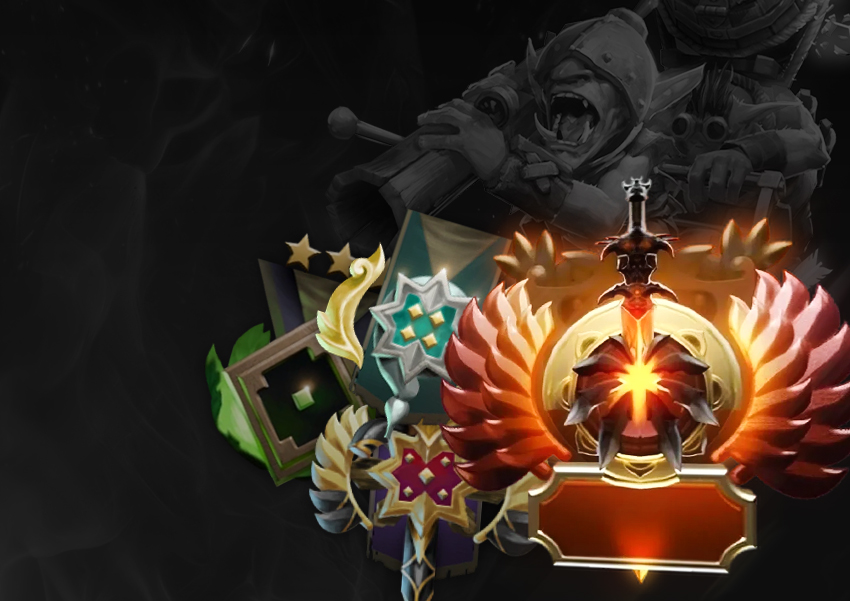

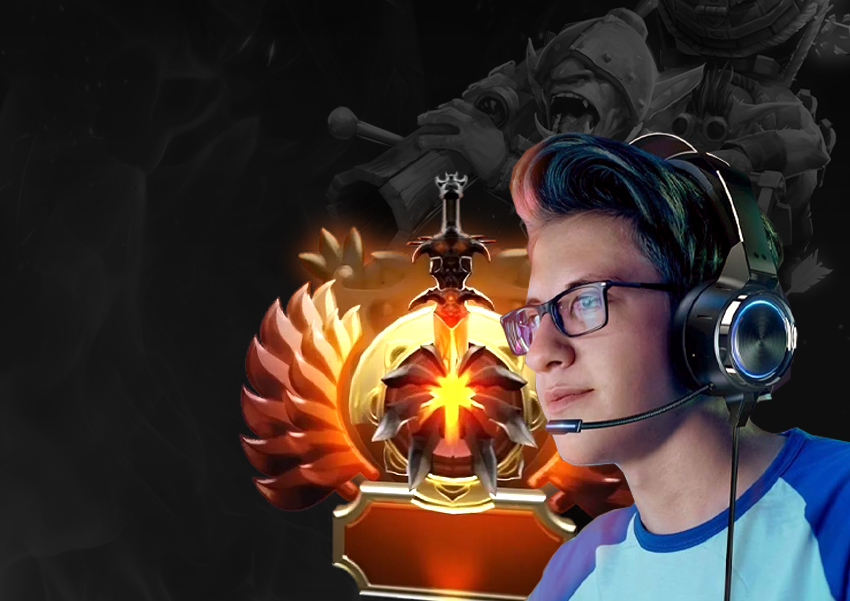
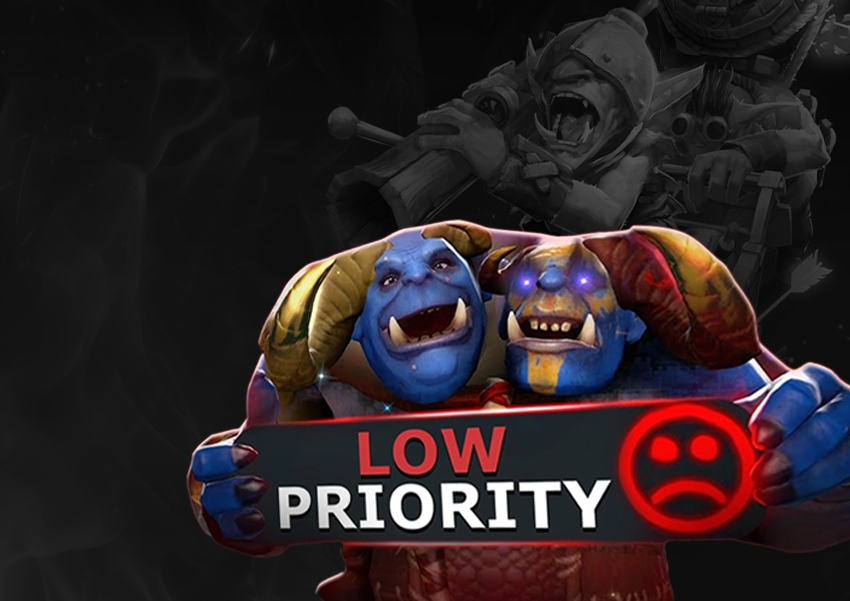
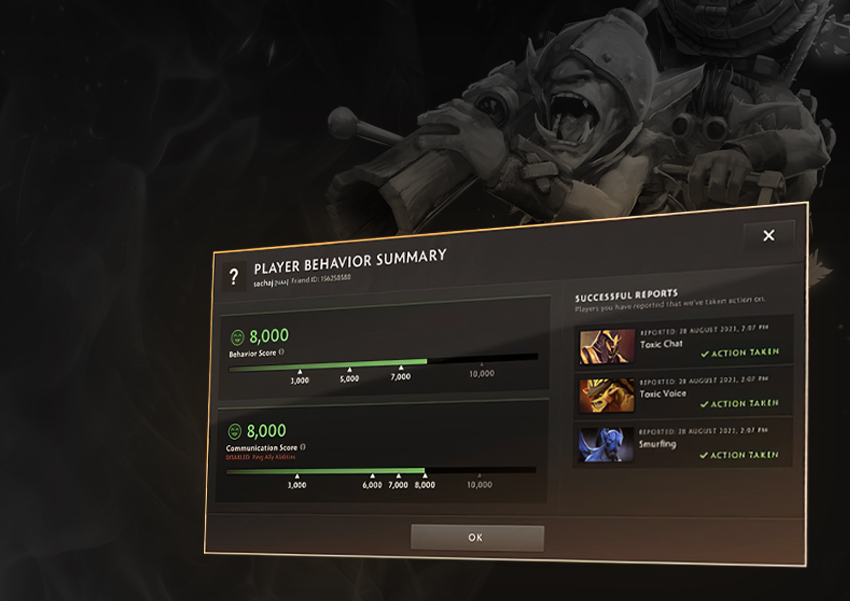
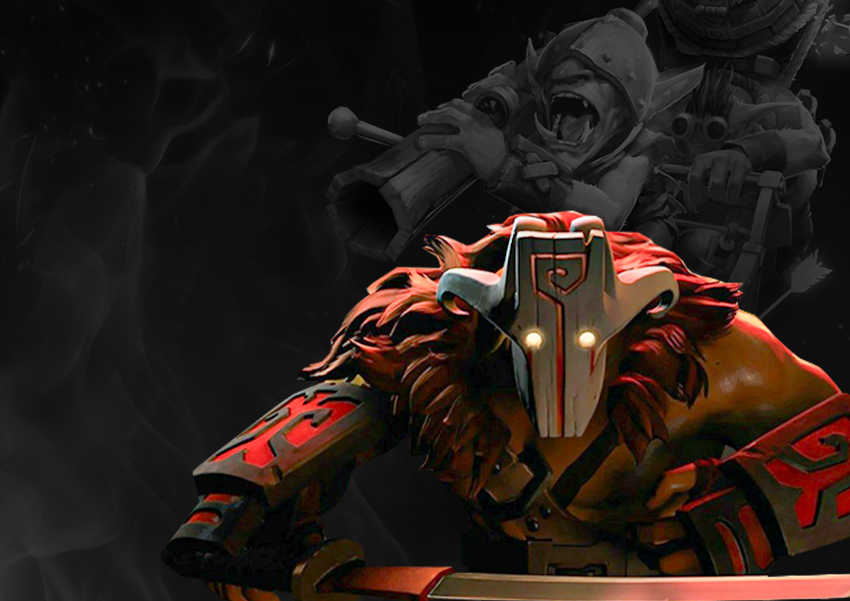


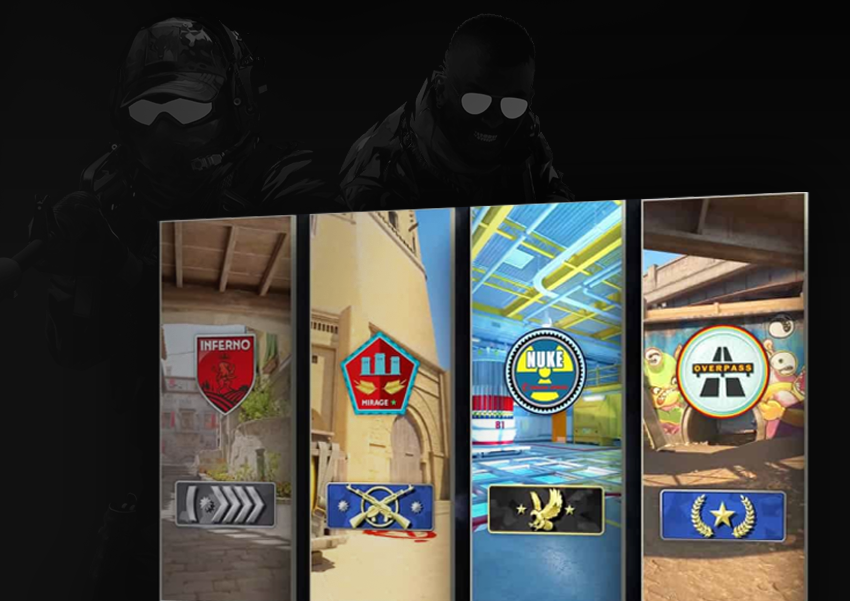
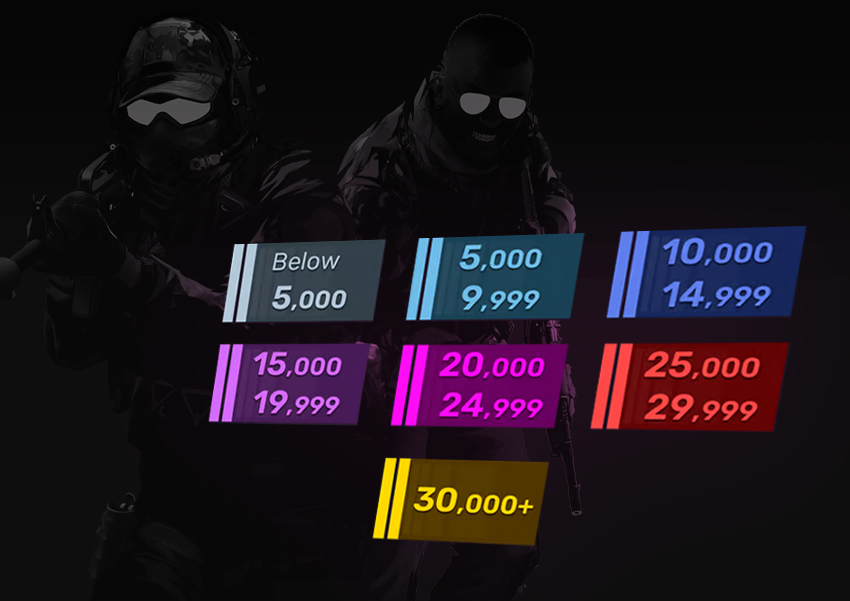

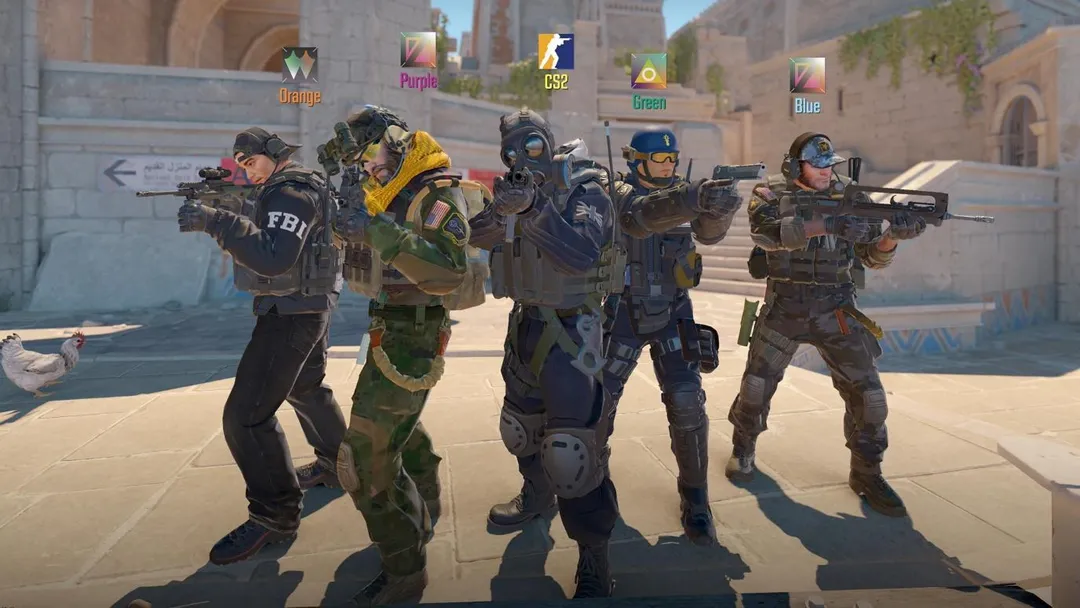



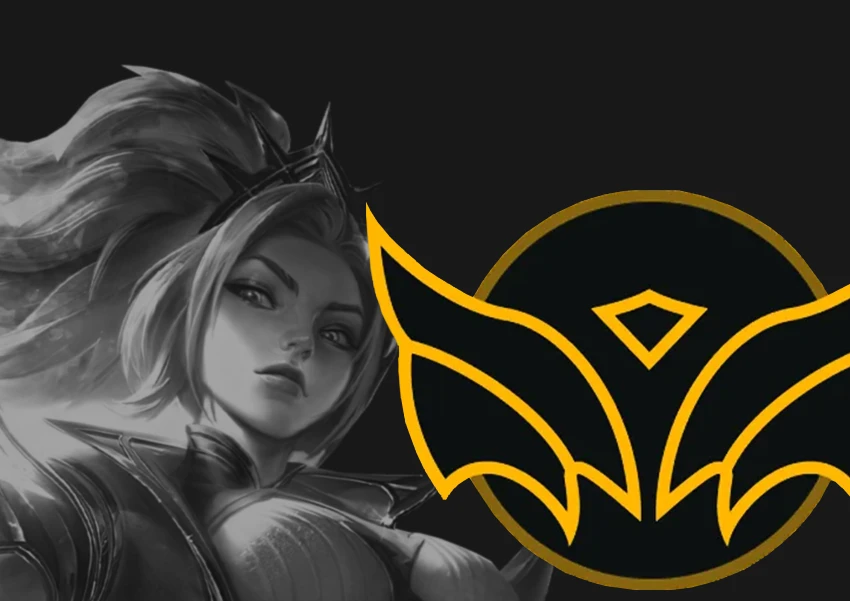

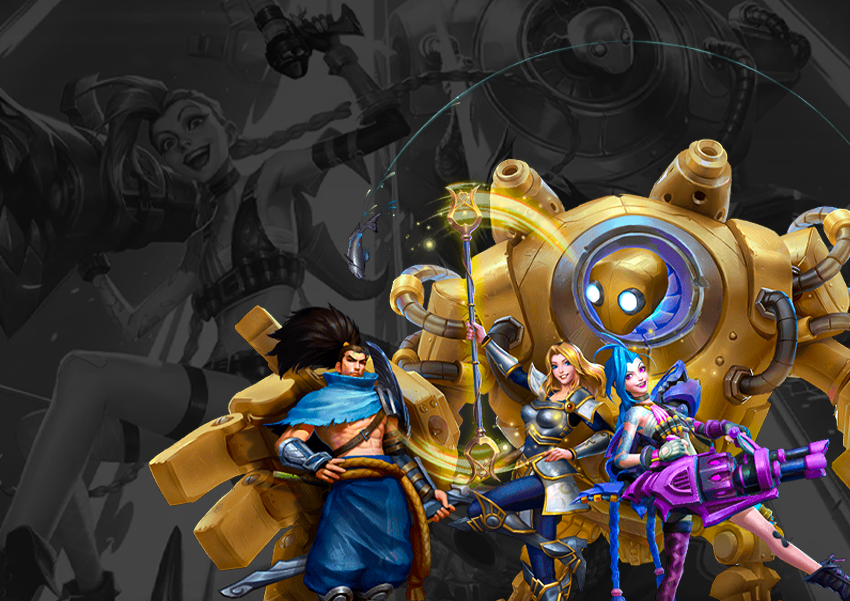





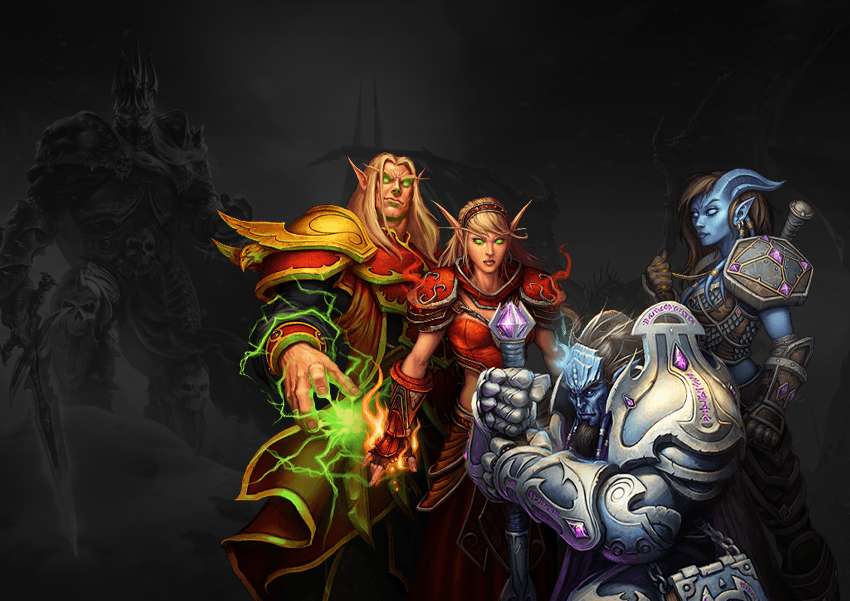
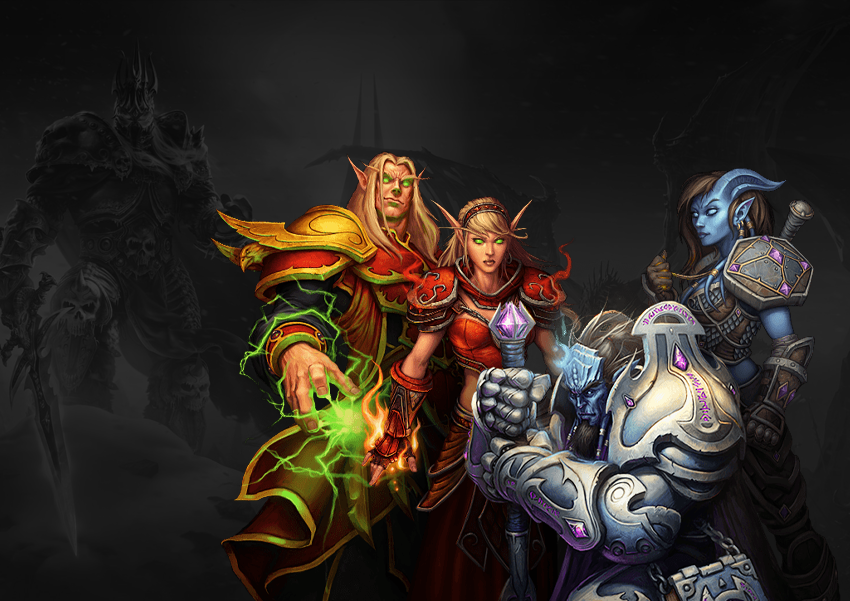
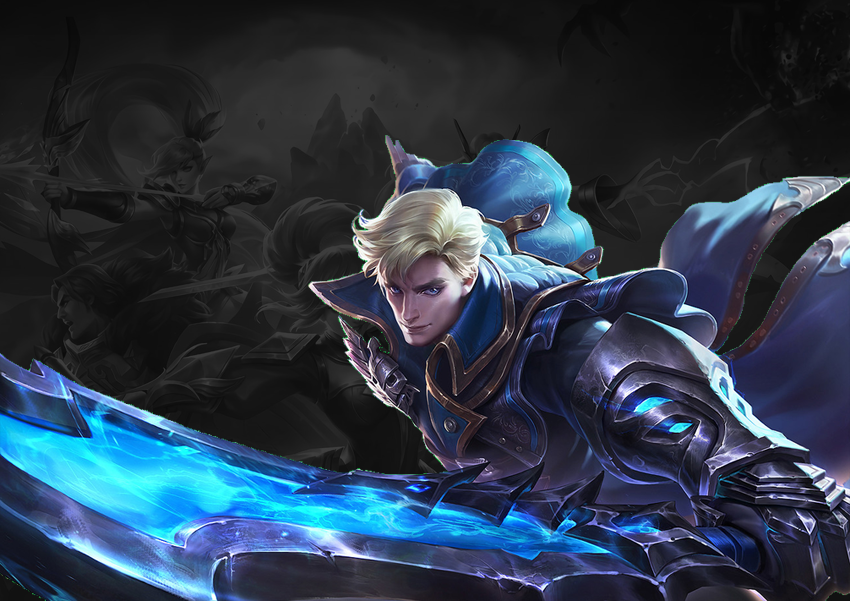

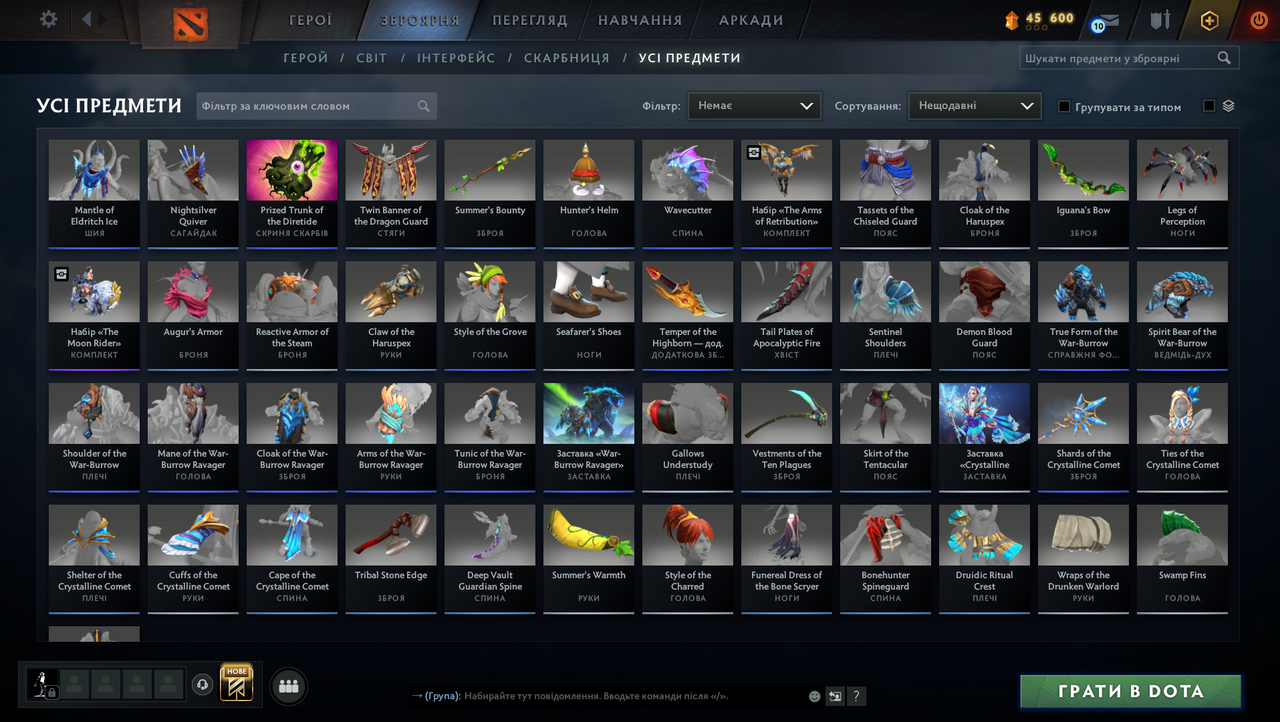

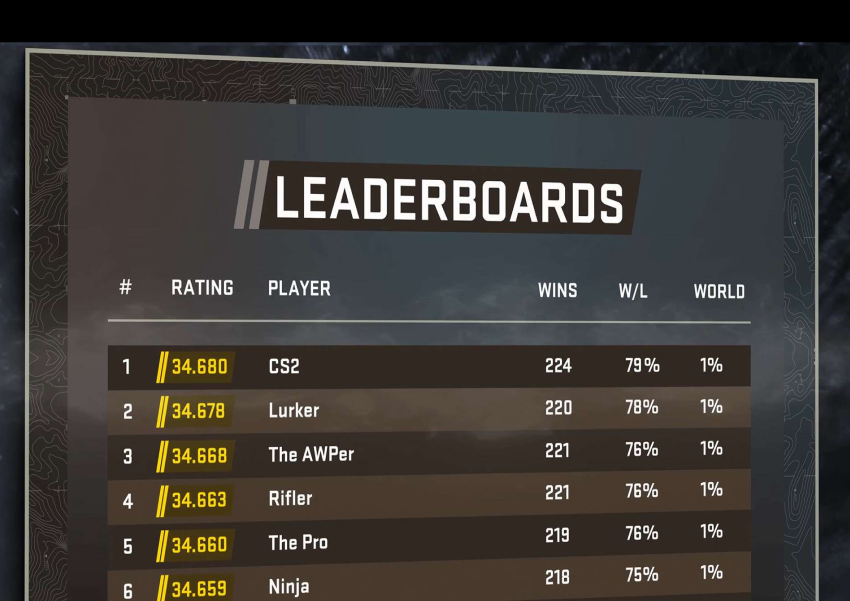

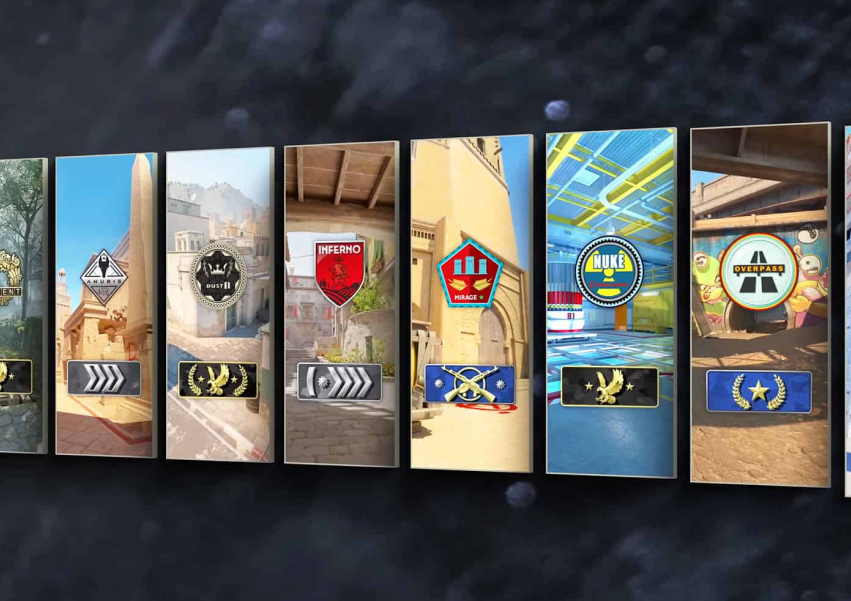
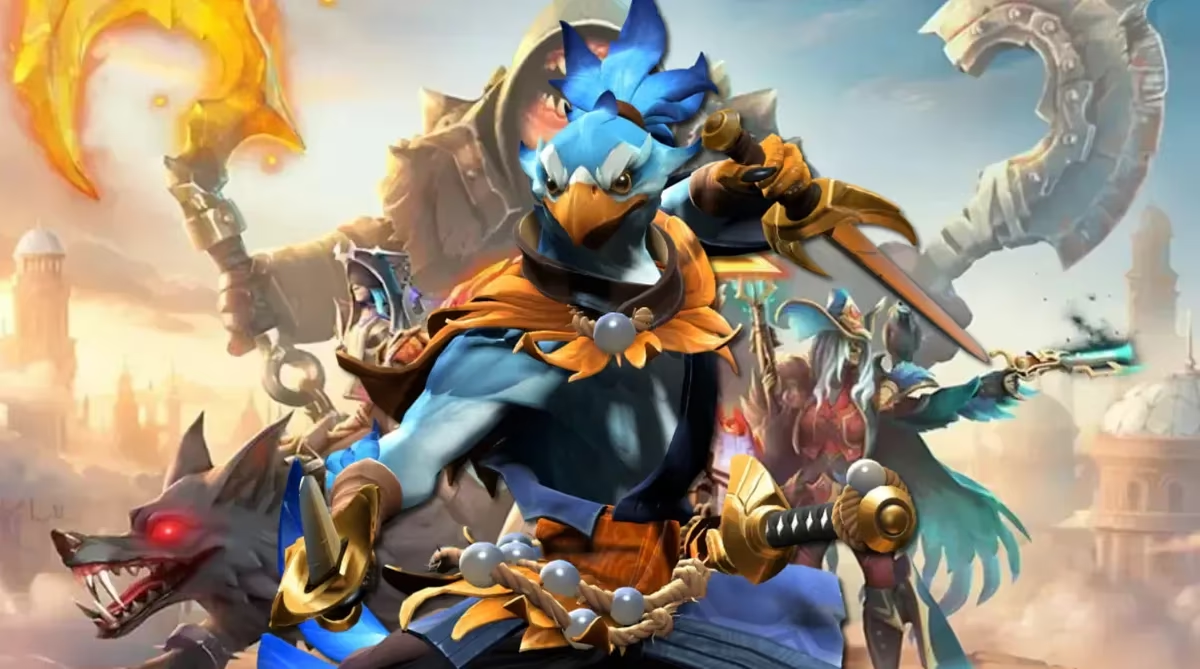
Comments on the article
мда.
Honestly, still feels rigged sometimes, no matter the stats.
Helpful read! Finally understood what impacts calibration.
MMR doesn't reflect real skill anymore. Just luck and trolls.
Valve давно пора переробити систему, а не міняти числа.
Все одно матчмейкінг працює криво, скільки б не пояснювали.
Оце рівень! Давно шукав щось подібне.
Не вистачає прикладів з реальних ігор, але загалом ок
Згоден, система не ідеальна, але кращого поки нема
Нарешті зрозуміло, як працює калибровка
Цікава стаття, зібрана вся база про mmr.
Leave a comment